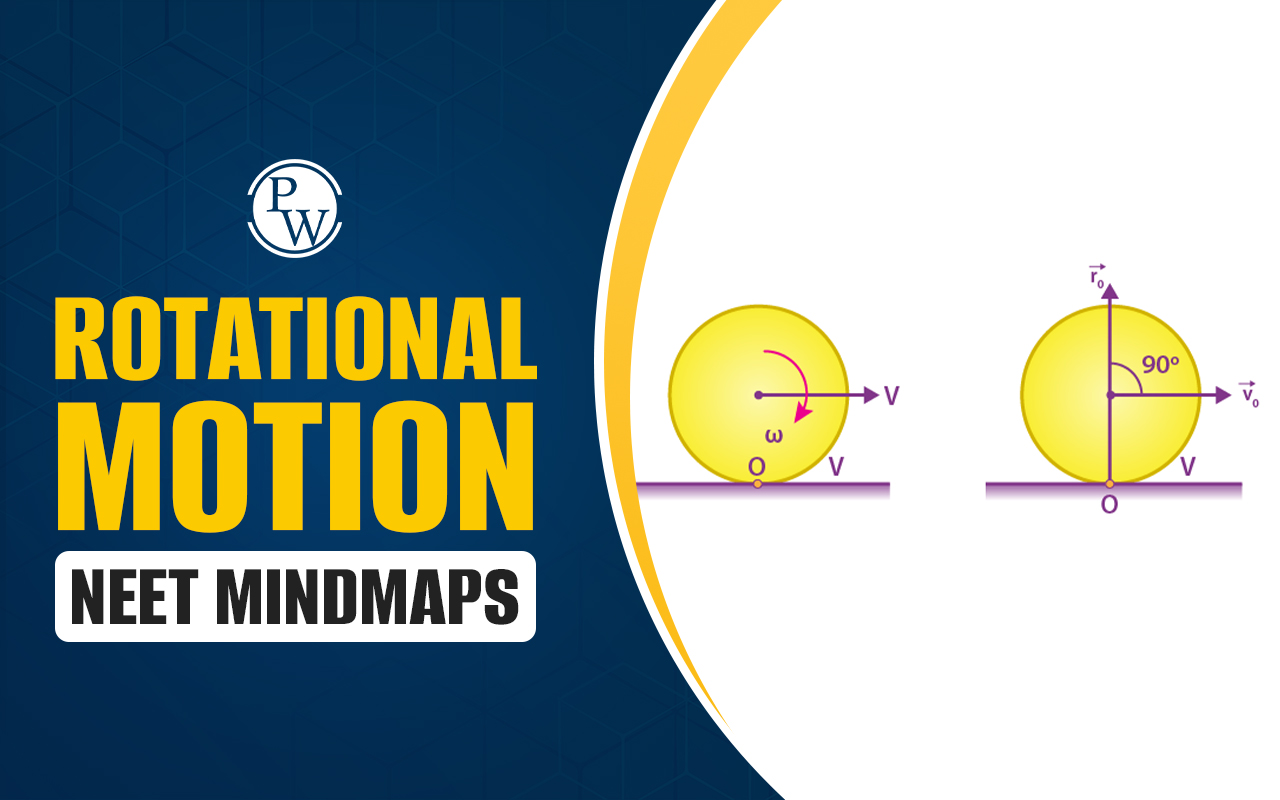

Difference Between Primary Cell and Secondary Cell : For the NEET syllabus , understanding the difference between primary and secondary cells is crucial for aspiring medical professionals. Primary cells, like zinc-carbon and alkaline batteries, are non-rechargeable, offering one-time use with simpler construction.
On the other hand, secondary cells, such as lithium-ion and nickel-cadmium batteries, are rechargeable, and designed for multiple-use cycles with more complex structures. NEET aspirants should grasp these differences as they need to build their concepts around energy sources, providing a foundational understanding aligned with the NEET Syllabus.Difference Between Primary Cell and Secondary Cell
Primary cells are like single-use batteries you find in everyday stuff. They're simple, but once they run out, that's it. On the other hand, secondary cells are like the rechargeable ones. You can use them, and when they're out of energy, just recharge, and they're good to go again. So, primary cells are like the 'use and throw' ones, and secondary cells are the ones you can keep using, like in your phone or laptop. It's kind of like the difference between a regular water bottle (primary) and a reusable one (secondary).Difference Between Primary Cell and Secondary Cell Overview
Check out the table below to quickly see how primary and secondary cells are different. It's important for NEET aspirants because knowing these distinctions is like having an idea about how energy works in things like batteries. This understanding helps in making it easier for future doctors to connect with the NEET syllabus. So, take a quick look and see how these battery basics can be a small but important part of your NEET journey.| Difference Between Primary Cell and Secondary Cell | ||
|---|---|---|
| Parameter | Primary Cell | Secondary Cell |
| Rechargeability | Non-rechargeable; cannot be recharged. | Rechargeable; can be recharged multiple times. |
| Chemical Composition | Uses chemical reactions that are not easily reversible. | Chemical reactions are reversible during charging and discharging. |
| Construction | Typically, it is simpler construction. | More complex construction with multiple components. |
| Longevity | Generally has a shorter lifespan. | Longer lifespan can be recharged for extended use. |
| Use-and-Throw | Often designed for single-use, disposable applications. | Intended for repeated use, reducing environmental impact. |
| Examples | Zinc-carbon, alkaline batteries. | Lithium-ion, nickel-cadmium batteries. |
| Self-Discharge Rate | Higher self-discharge rate. | Lower self-discharge rate. |
| Applications | Commonly used in devices with low energy requirements. | Suitable for high-energy applications, such as electric vehicles and electronics. |
| Cost | Generally lower initial cost. | Higher initial cost but cost-effective over the long term. |
Difference Between Primary Cell and Secondary Cell FAQs
What is the difference between a primary and secondary battery?
A primary battery is non-rechargeable, designed for one-time use. In contrast, a secondary battery is rechargeable, allowing for multiple use cycles by undergoing reversible chemical reactions during charging and discharging.
What is the difference between the primary cell wall and the secondary cell wall?
The primary cell wall is the outermost layer of plant cells, providing flexibility and support during growth. The secondary cell wall forms inside the primary wall, offering additional rigidity and strength to mature plant cells.
What is the difference between primary and secondary cell culture?
Primary cell culture involves directly isolating and cultivating cells from living organisms. Secondary cell culture utilizes cells derived from a primary culture, enabling extended studies and experiments.
What are the 4 types of primary cells?
The four types of primary cells are:
Neutrophils
Eosinophils
Basophils
Lymphocytes
What is the basic difference between primary and secondary?
The basic difference lies in rechargeability. Primary refers to non-rechargeable things (like primary batteries), used once and discarded. Secondary indicates rechargeable items (like secondary batteries), capable of being used multiple times by recharging.
🔥 Trending Blogs
Talk to a counsellorHave doubts? Our support team will be happy to assist you!

Check out these Related Articles
Free Learning Resources
PW Books
Notes (Class 10-12)
PW Study Materials
Notes (Class 6-9)
Ncert Solutions
Govt Exams
Class 6th to 12th Online Courses
Govt Job Exams Courses
UPSC Coaching
Defence Exam Coaching
Gate Exam Coaching
Other Exams
Know about Physics Wallah
Physics Wallah is an Indian edtech platform that provides accessible & comprehensive learning experiences to students from Class 6th to postgraduate level. We also provide extensive NCERT solutions, sample paper, NEET, JEE Mains, BITSAT previous year papers & more such resources to students. Physics Wallah also caters to over 3.5 million registered students and over 78 lakh+ Youtube subscribers with 4.8 rating on its app.
We Stand Out because
We provide students with intensive courses with India’s qualified & experienced faculties & mentors. PW strives to make the learning experience comprehensive and accessible for students of all sections of society. We believe in empowering every single student who couldn't dream of a good career in engineering and medical field earlier.
Our Key Focus Areas
Physics Wallah's main focus is to make the learning experience as economical as possible for all students. With our affordable courses like Lakshya, Udaan and Arjuna and many others, we have been able to provide a platform for lakhs of aspirants. From providing Chemistry, Maths, Physics formula to giving e-books of eminent authors like RD Sharma, RS Aggarwal and Lakhmir Singh, PW focuses on every single student's need for preparation.
What Makes Us Different
Physics Wallah strives to develop a comprehensive pedagogical structure for students, where they get a state-of-the-art learning experience with study material and resources. Apart from catering students preparing for JEE Mains and NEET, PW also provides study material for each state board like Uttar Pradesh, Bihar, and others
Copyright © 2025 Physicswallah Limited All rights reserved.












